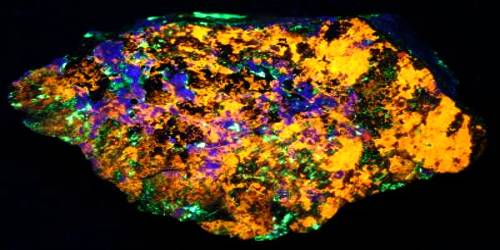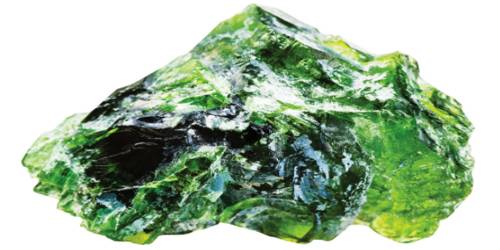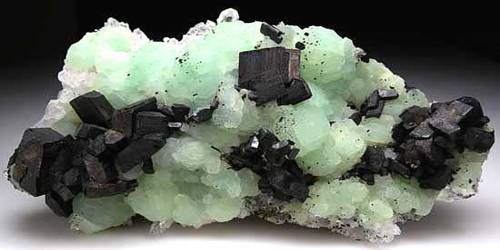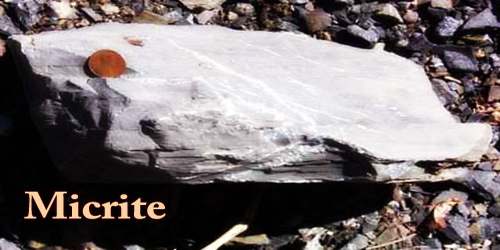Clinohedrite is a rare silicate mineral. Its chemical composition is a hydrous calcium-zinc silicate; CaZn(SiO4)·H2O. Under shortwave ultraviolet light it fluoresces a rich orange color. It is one of the 70 some fluorescing minerals from Franklin and Sterling Hill, New Jersey. It will fluoresce a nice orange-yellow color under short-wave ultraviolet light.
Clinohedrite is named after Greek “klinein” – to incline plus “hedra” – base, because it was considered to be a kind of tetrahedrite showing an aberrant form. It was first described in 1898 and was named for its crystal morphology from the Greek klino for incline, and hedra for face.
General Information
- Category: Silicate mineral
- Formula: CaZn(SiO4)·H2O
- Crystal system: Monoclinic
- Crystal class: Domatic (m) (same H-M symbol)
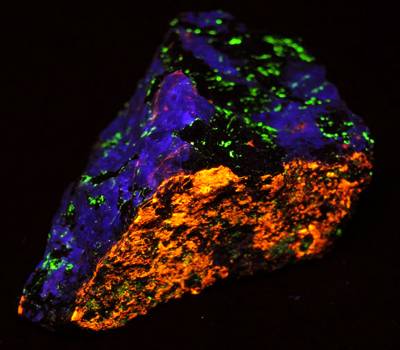
Properties
It crystallizes in the monoclinic system and typically occurs as veinlets and fracture coatings. It is commonly colorless, white to pale amethyst in color. It has perfect cleavage and the crystalline habit has a brilliant luster. It has a Mohs hardness of 5.5 and a specific gravity of 3.28 – 3.33.
- Color: Colorless to brown surface coating, clear to pale pink to amethystine crystals
- Crystal habit: Thin to thick or platey surface and fracture coatings, in vugs or cavities, rarely as crusts of crystals – prismatic to tabular, may be wedge-shaped
- Mohs scale hardness: 5.5
- Luster: Brilliant, glassy; pearly on {010}
- Streak: white
- Diaphaneity: Transparent to translucent
- Specific gravity: 3.28 – 3.33
Occurrence
Clinohedrite was found primarily at the Franklin zinc mines in New Jersey, the type locality, but has also been reported from the Christmas mine, Gila County, Arizona, and the Western Quinling gold belt, Gansu Province, China. A discovery of clinohedrite at Christmas Mine, Gila County, Arizona produced pale violet delicate sprays, but only a few specimens have ever been recovered.
These minerals are sometimes found in association with each other and can make for wonderfully colorful fluorescent specimens. The combination of clinohedrite, hardystonite, and willemite is considered a classic.
Information Source;
